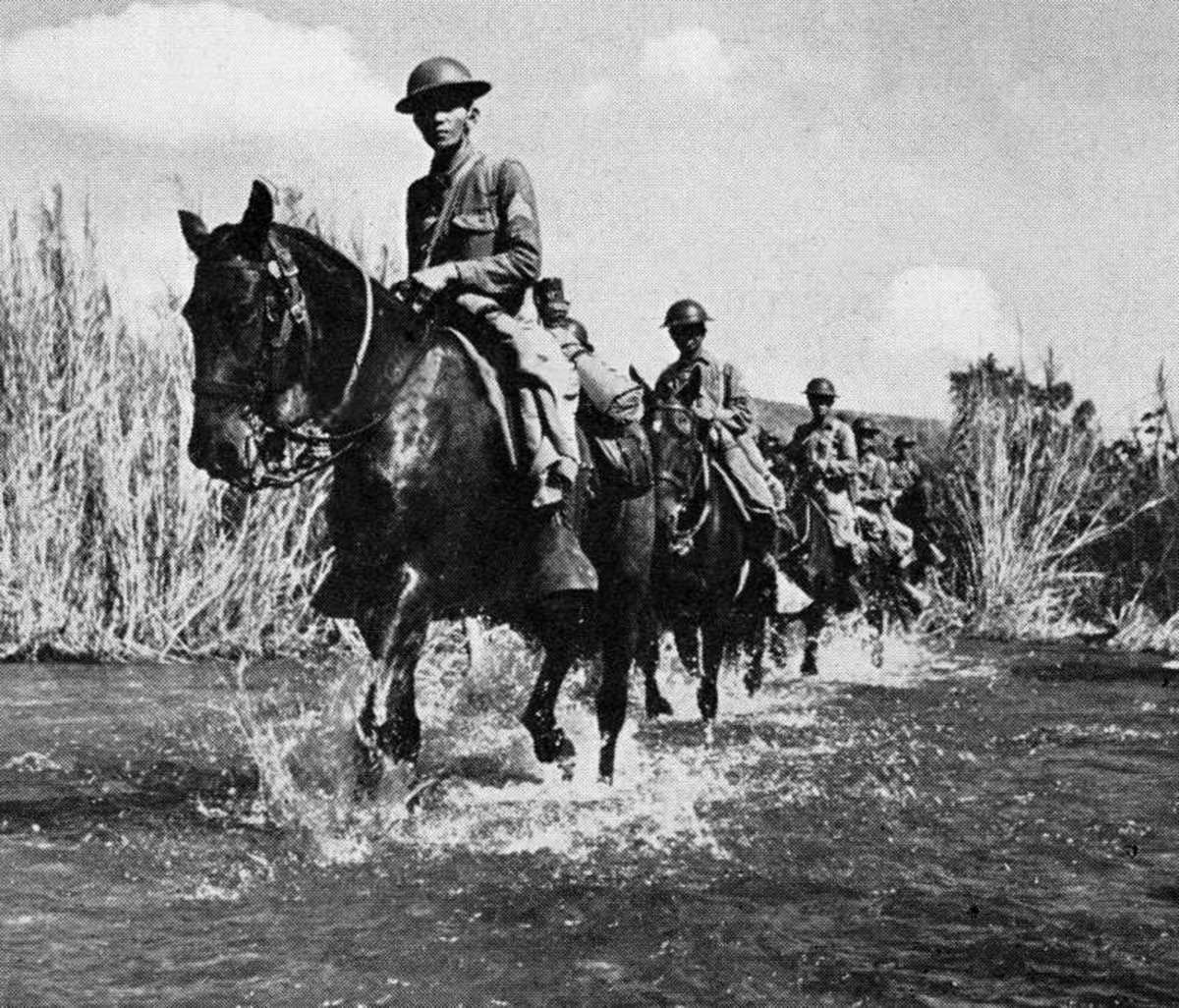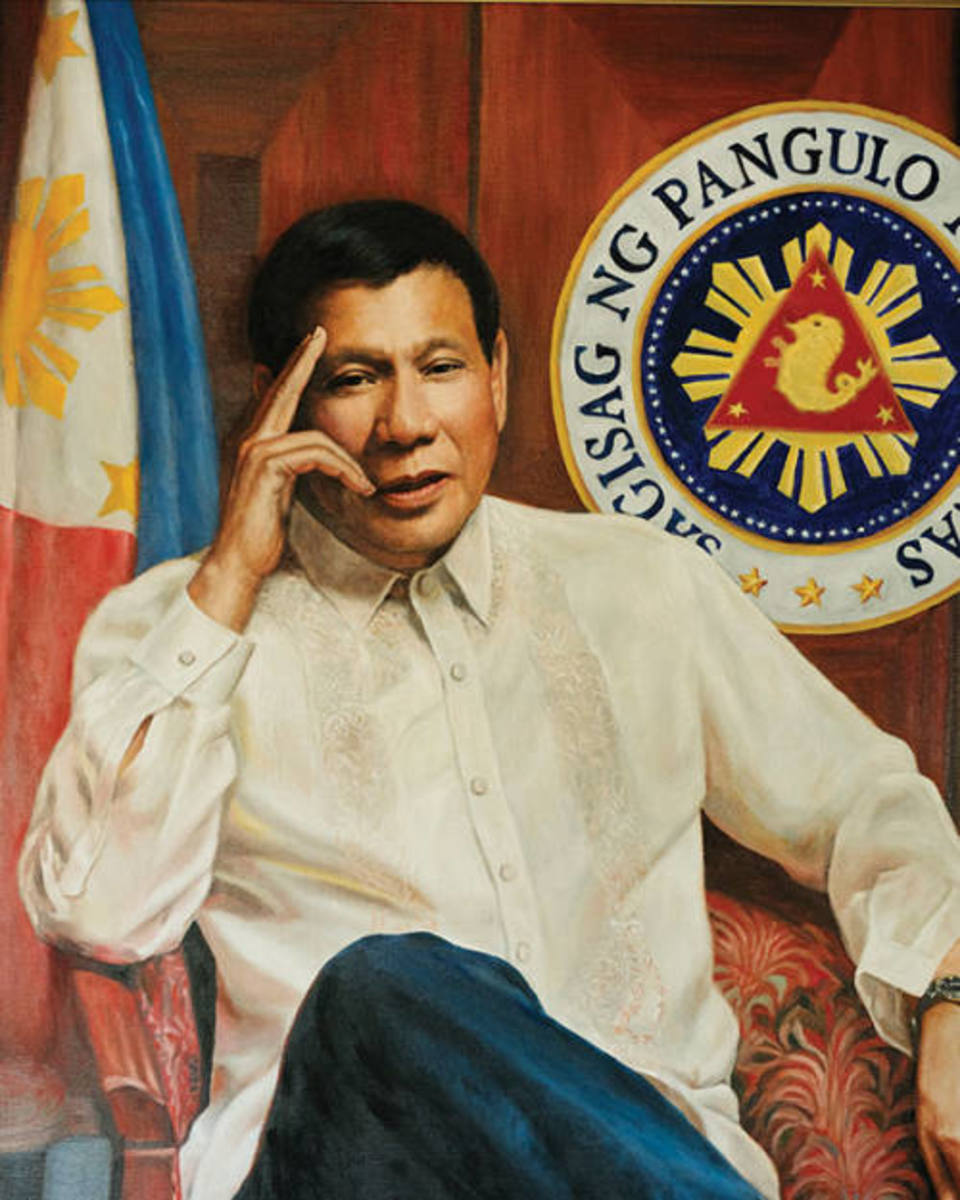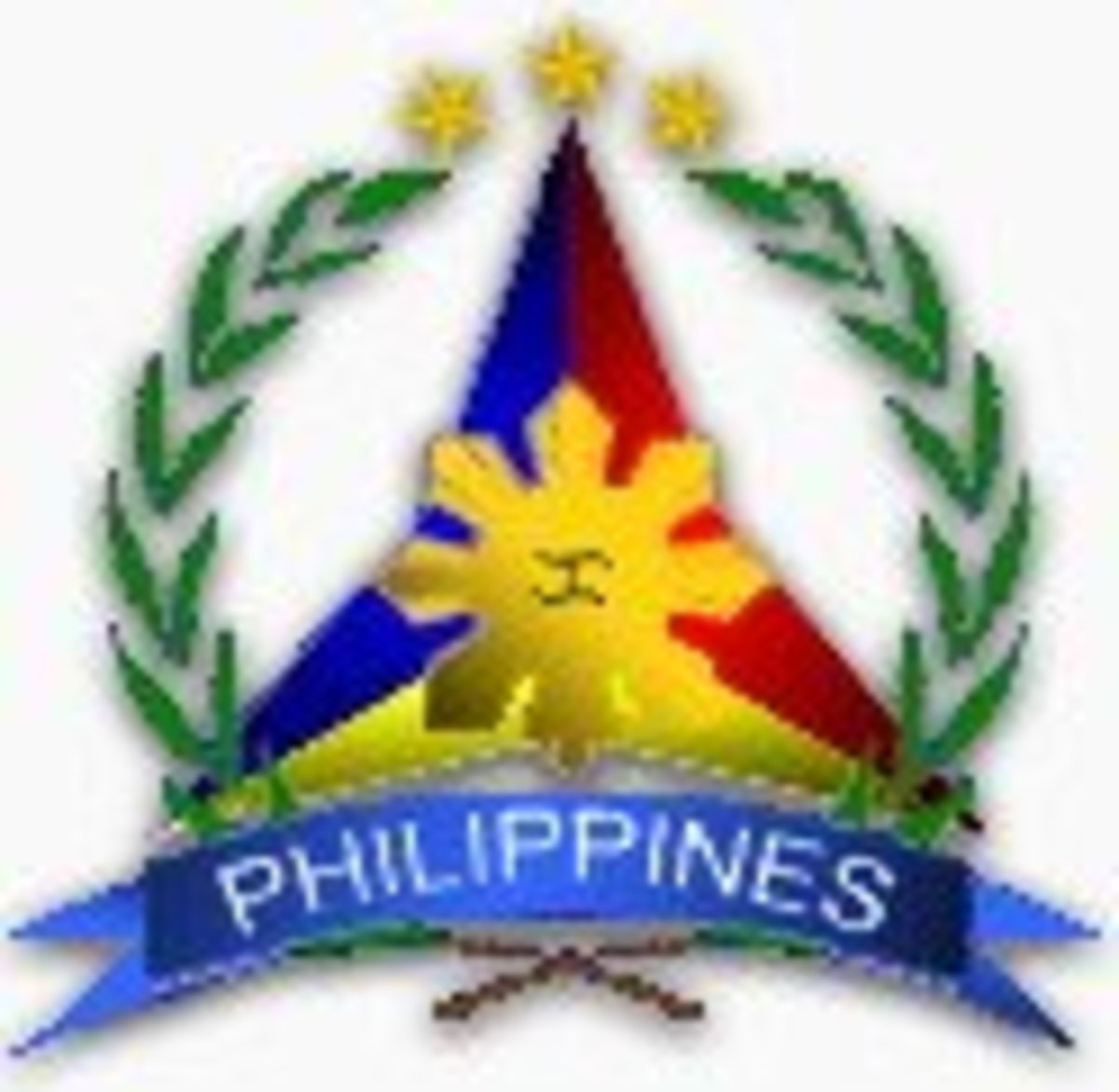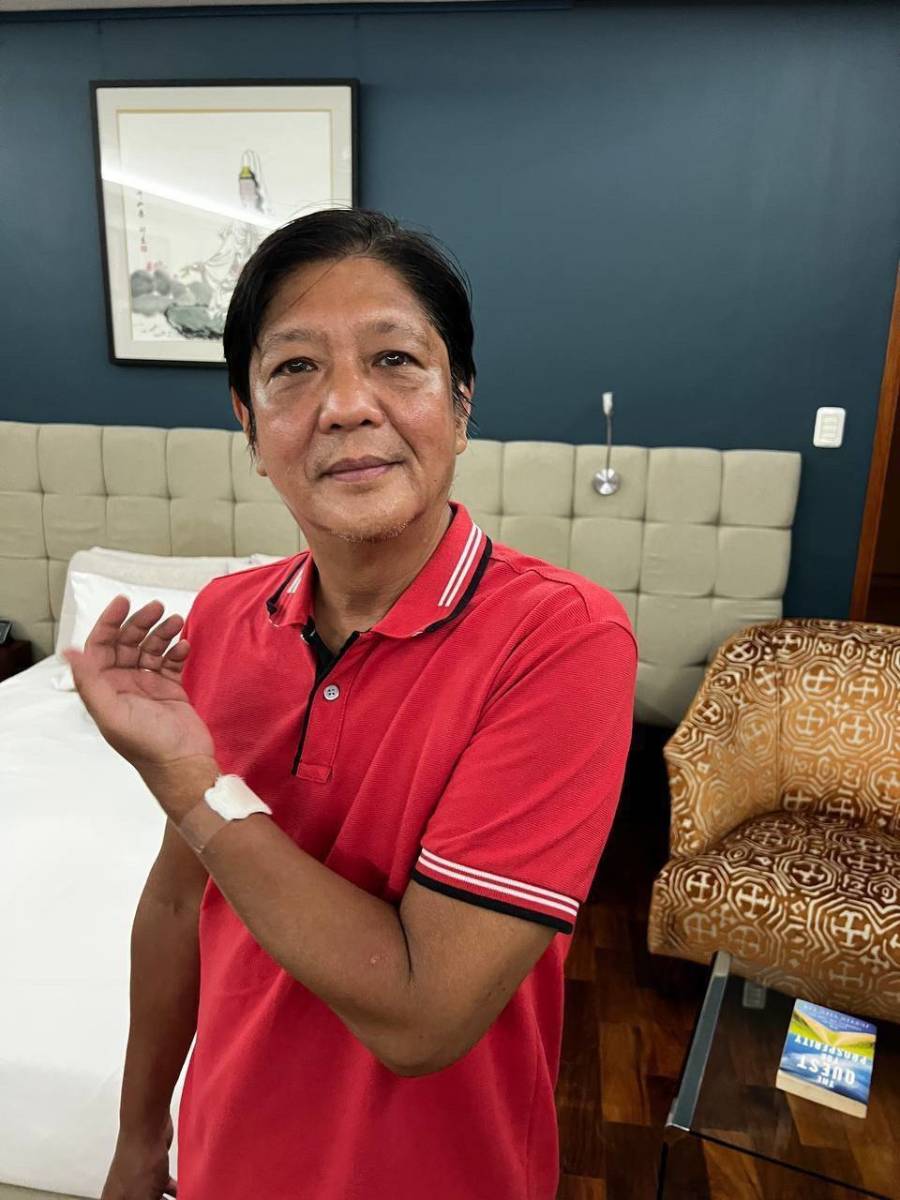Factors for Philippines' Policies Towards "No Filipino Overseas Worker"
Break up of feudalism in the Philippines would result in self-sufficiency in rice and end of social injustice in land ownership.

Toward a vision of no Filipino overseas worker
The vision is: “No Filipino overseas worker.”
Filipinos who are working abroad should be: ambassadors, officials of international organizations like United Nations, Food and Agriculture Organization, executives and staff of overseas branches of Philippine business companies, and peacekeepers.
The primary objectives of policies are to raise the standard of living of Filipinos, create jobs for all Filipinos, and erase the picture of Filipinos as domestic helpers in foreign countries.
What are the factors to consider for policies towards “No Filipino overseas Worker?”
History of Filipino overseas workers
During the Spanish colonial period (1527-1898) there were no Filipino overseas workers (OFW). Even when the Philippines was a colony of Spain no Filipino went as OFW in Spain. Filipino students went to Europe (Jose Rizal, Lopez Jaena, Marcelo H. Del Pilar, Juan Luna, Antonio Luna, Mariano Ponce and others) to study and advocate for reforms in the governance of the Philippines.
When the United States forcibly annexed the Philippines (1900-1946) some Filipinos went to USA to study and others went to Hawaii and California as workers. However, the influx of Filipino workers into USA was discouraged or minimized due to objections by American workers who were wary that Filipinos were taking away jobs.
During the Philippine Commonwealth period (1935-1941) there was prosperity in the Philippines, the exchange rate having been two pesos to the US dollar. At that time the world currency was based on gold. The gold standard stood up until 1973 when USA abandoned it in favour of the present floating rate system.
At the time of the gold standard, the Philippines was still a little prosperous and jobs were available to Filipino workers in the Philippines. At the advent of the floating rate system, the exchange rate deteriorated on the side of the Philippines, going down to 4 pesos to the dollar, then down to 8 pesos to the dollar around 1980. The current exchange rate is 42 to 45 pesos to the US dollar.
It is the imperial power of USA that had contributed to the decline of the Philippine peso vis-a-vis the dollar and impoverishment of a lot of Filipinos.
The gold standard was favourable to the Philippines because this country has a lot of gold deposits. That is one of the reasons why Spain and Portugal coveted the Philippines. At one time, there was an inflation in Europe owing to the influx of gold from the Philippines.
The gold standard means that one country can print paper money or mint coins based on bullion of gold it its vault. And the Philippines could mine its gold to create more money. Up until now these gold deposits are still around.
However, with the advent of the floating rate as sponsored by USA (and the Philippine peso having been pegged to the US dollar) mined gold could no longer be used to create money. Mined gold go into jewelry and other accessories. The floating rate is based on political and economic powers.
International Monetary Fund
Now the Philippines could no longer create money as it wishes. Creation of Philippine money is controlled by the International Monetary Fund and the World Bank. The conduit of such control is the Bangko Sentral ng Pilipinas (Philippine Central Bank). Monetary laws and policies are patterned after that of the Federal Reserve Bank of USA, which is a private bank that controls the economy of USA (Mullin, Eustace, Youtube. November 3,2014)
Monetary policies are out from the hands of the president of USA. Monetary policies are out from the hands of the president of the Philippines. This is covered by the charter of Bangko Sentral that was passed by Congress in 1990s. The president of the Philippines appoints the chairman and members of the Board of the bank but once they had been appointed (for six years) they are independent from the President.
The big picture is that the Federal Reserve Bank of USA controls the economy of the Philippines to a large extent. The expansion of money in the Philippines is approved by the World Bank.
Balance of trade
The balance of trade between the Philippines and USA is unfavourable to the Philippines. The value of our imports from USA is much more than the value of our export to USA. The value of machinery, computers and cars we import from USA are much greater than the value of coconut water or coconut oil we export to USA.
Feudalism
USA did not break up the vast landholdings of Filipino landlords during the American imperial regime. The reason is that these landlords are the conduits in controlling the Philippines. In contrast, USA broke up feudalism in Japan during the occupation of Japan after WWII. The reason is that feudalism was the base of power of the war freak leaders of Japan.
The break up of feudalism in Japan contributed a lot to the prosperity of Japan. USA clamped down on land reform in the Philippines. It maneuvered the capture and imprisonment of the leaders of HUKBALAHAP (Hukbo ng Bayan Laban sa Hapon) like Jesus Lava and Luis Taruc. These had won seats in the Philippine congress in the first election after WWII. Crimes were trumped up against them like electoral fraud and collaboration with the Japanese. The group of Taruc was in favour of land reform.
In South Korea, USA when it was still occupying South Korea after WWII and during the Cold War, reversed the land reform already implemented in South Korea (Kolko, J. and G. Kolko. Limits of Power. 1972).
Feudalism has locked up a lot of capital. It is responsible for lack of rice self-sufficiency of the Philippines. It is the harbinger of insurgency in the Philippines.
Betrayal of the Philippines
War in the Pacific in WWII was primarily a war between the United States and Great Britain on the one hand and Japan on the other. Japan attacked the American navy fleet docked in Hawaii without a declaration of war on December 7,1941. The next day the Japanese attacked the Philippines. At that time the Philippines was still a commonwealth under USA that was supposed to gain independence on July 4,1945.
Pres. Manuel L. Quezon of the Philippine Commonwealth saw it as a war between USA and Japan. When he realized that USAFFE (United States Armed Forces in the Far East) could not defend the Philippines he proposed that independence be granted to the Philippines at once. The Philippines would declare neutrality so that it would be spared from the Japanese onslaught. The Americans rejected Quezon's proposal.
In the Battle of Bataan, Filipino soldiers composed the main bulk of the army of Gen. Jonathan Wainright, commander of the USAFFE in Bataan. Some 100,000 troops engaged the Japanese invading imperial forces on their way from Lingayen, Pangasinan to capture Manila. Of this army, 80,000 were Filipino-Americans (since the Philippines had not yet gained independence). Only 20,000 were Americans. The survivors of the Battle of Bataan were made to march from Bataan to Capas, Tarlac in the infamous Death March.
The USAFFE commands in Mindanao (20,000 troops) and Visayas (25,000 troops) were surrendered to the Japanese without a fight owing to snafus committed by Gen. George C. Marshall, chief of staff of the armed forces of USA. For lack of communication with Gen. MacArthur, Gen. Marshall made Gen. Wainright the overall commander of USAFFE. When Gen Wainright surrendered Bataan he was forced to surrender the Visayas and Mindanao forces or else the Japanese would massacre the 10,000 Americans and Filipinos stationed in Corregidor fortress (Hunt, F. The Untold Story of Douglas MacArthur. 1954).
The Battle of Bataan delayed the schedule of Japan in occupying southeast Asia, including Australia by two months (Hunt). In fact Japanese soldiers never set foot on Australia who were to occupy half of this continent. MacAthur escaped from the fortress of Corregidor to Australia where he assembled the allied army to counter and invade Japan. The first counter attack occurred in Port Moresby of Papua New Guinea. If the Japanese original schedule were not delayed, the Japanese could have deprived Australia from MacArthur as base in assemblying the Allied Forces in the Southwest Pacific theatre.
A lot of Filipino-American veterans of WWII were not given their war benefits unlike the American veterans in the Philippines who were given the benefits immediately. It was President Barack Obama who signed the law (The American Recovery and Reinvestment Act of 2009) giving war benefits to Filipino-Americans. Japan surrendered on August 10,1945. The deadline for filing war claims was February 16,2010. That is after over half a century. A lot of these Filipino-American veterans had already died and their survivors are not qualified to receive such benefits for them.
"The American Recovery and Reinvestment Act of 2009 authorized one-time lump-sum payments to all eligible Filipino WWII veterans. This is an additional benefit for those eligible and qualified WWII veterans" (Department of Veterans Affairs. Letter to Mr. Alejandro C. Almonte of 184 M Taningco St. Brgy Prinza, Calauan, 4012 Laguna). Mr. Almonte's claim was denied. "We have denied your claim for FVEC because it was not timely filed," said the DVA. The claim letter was received on March 1,2010. (Apparently, Mr. Almonte mailed it with the slow-foot Philippine Post Office because he does not know the use of the computer).
USA revived Japan when it was in the verge of famine. That was the time when USA occupied Japan with 125,000 troops under the command of Gen. MacArthur. (He was the virtual emperor of Japan because the Japanese emperor was under his command.) USA did not want to ration Japan because it would bleed the USA, sure to be objected to by the American public. That is why USA revived Japan to enable it to feed herself and get back into the world economy (Kolko and Kolko). USA assumed the burden of defense for Japan up until now.
At the same time, USA did not revive the Philippines. In terms of devastation in WWII, Manila was the second most devastated place next to Poland that got the worst devastation. USA continued the colonial policies of no land reform, quota of Philippine sugar exported to USA, no transfer of technology to produce capital goods, and maintenance of the Philippines as a market of USA exports. On top of that, USA forced the Philippines to amend its constitution (Platt amendment) so that the superpowers can exploit her natural resources and engage in retail trade.
World Trade Organization
The Philippines has been placed in a position of disadvantage by the World Trade Organization that is supported by USA. Agricultural products from other countries flood Philippine markets depriving Filipino farmers of market. WTO prohibits subsidy in agriculture but it allows subsidy of the production of sugar beet in Europe. Subsidy of corn and cotton are allowed in USA. Beet sugar costs much less than the cane sugar produced by the Philippines, depriving export market for the Philippines.
Natural resources
The Philippines has a of natural resources. It has a lot of gold and mineral deposits. We have a lot of natural gas. We are a rich country in terms of natural resources. It is only the lack of proper policies and the will to implement them that make the Philippines poor. And force some Filipinos to seek jobs overseas. The political and economic powers held by developed countries hold us down. We have to break out of that stranglehold.
Roman Catholic church
The Roman Catholic church contributes to the impoverishment of the Philippines. It has landholdings in the Philippines and it is not paying taxes on its for-profit business. In addition it repatriates money to the Vatican. In fact, it has not been giving reports of its income and repatriated money. It has an obligation to do so because it is a registered foreign corporation.
Ruling class
This church is a power base of the ruling class of the Philippines composed mostly of landlords and business persons who have joined the ruling class. The Catholic church endorses the candidacy for elective positions of those who favour the privileges of the same church. The ruling class has maintained its dominance over the poor masses.
Climate change
Climate change has been brought about largely by industrialized countries that load the atmosphere with a lot of carbon dioxide. The Philippines has been at the receiving end of climate change, like the super typhoon Haiyan, called Yolanda in the Philippines, that wrought the worst devastation in this country in 2013.
Human capital
Filipinos have talents as economists, entrepreneurs and policy makers. However, they are controlled by developed countries.
Developed countries have made developing countries as markets of investment. However, foreign investments are disadvantageous to the host country. Foreign investment is a way to drain the economy of the host.
Developing countries cannot expand their economy according to their wishes and capabilities because the World Bank has control over them.
We know why we are poor. We know how to attain prosperity. We Filipinos can develop the policies and implement them toward the vision of “No Filipino overseas worker.”








